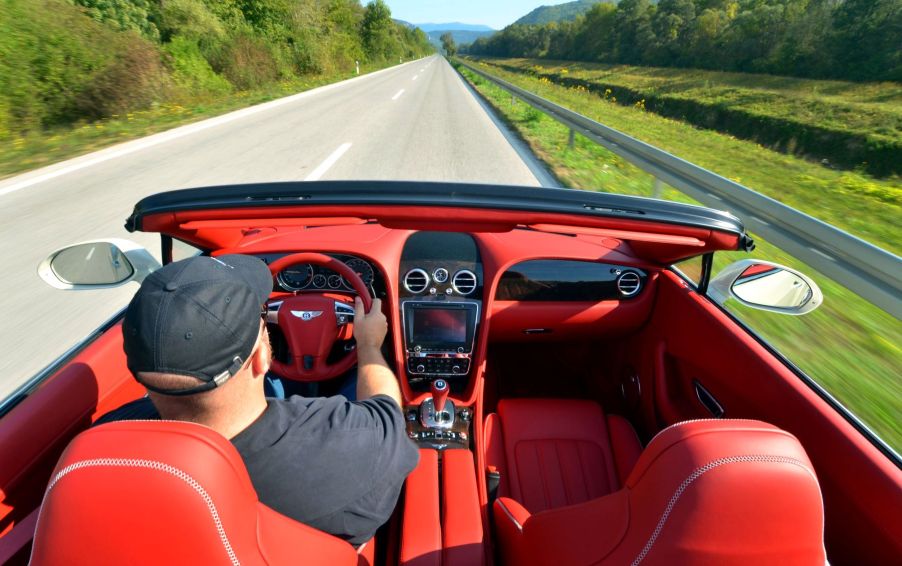
What Is Torque Steer, What Causes It, and How Do You Stop It?
Nowadays, many cars you see with rear-wheel drive (RWD) are sports cars and certain pickup trucks. While these cars have better weight distribution (which improves handling), they’re notorious for getting poor gas mileage. When there was an oil crisis in the 1970s, RWD cars were simply too expensive to maintain and produce.
That’s partly why automakers switched to manufacturing cars with front-wheel drive (FWD) instead. While this setup has some advantages over RWD, FWD cars are still prone to a major car safety issue: torque steer.
Many FWD cars experience torque steer

According to J.D. Power, torque steer is when your FWD car’s steering is negatively impacted by torque. In RWD cars, the transmission sends torque toward the rear wheels. However, in FWD cars, that torque is directed to the drive wheels.
As such, that force has the potential to move the wheels in the opposite direction from where you’re steering. The sensation of torque steer can be felt through the steering wheel and usually occurs when you try to accelerate too quickly.
What causes torque steer?
In some cases, uneven front tire treads can cause torque steer. With uneven contact between the road surface and the front tires, the vehicle will attempt to compensate with more aggressive steering movements. Similarly, low tire pressure attributes to torque steer because the vehicle’s weight isn’t being distributed correctly.
Traction differences between the two front tires can also cause torque steer, commonly occurring when one tire’s sidewall is damaged. When left untreated, it will gradually deform over time and cause numerous traction issues.
Too much weight on one side of your vehicle due to passengers or heavy cargo can also impact the performance of the front wheels. When your car’s wheels are misaligned, it also causes uneven torque output.
Underlying mechanical damage frequently causes steering problems. For example, damaged engine mounts often result in vibrations affecting your vehicle’s traction and handling. Engine mounts can naturally wear down with age but can also be damaged from fluid leaks or prior accidents.
Torque steer can also occur when components like the CV joints or arm bushings are worn out. If torque steer is accompanied by a bouncy ride, it could be due to suspension problems.
However, J.D. Power says the most common cause of torque style is the engine placement itself. In RWD cars, the driveshaft is responsible for delivering torque to the back wheels. FWD vehicles don’t have driveshafts, relying instead on half-shafts of different lengths. Due to this, it’s possible to have one wheel that receives a higher amount of torque compared to the other.
Here’s how to avoid torque steer
J.D. Power advises drivers to always keep their tires at the appropriate pressure. You can typically find that information inside your owner’s manual or the inside of the front door.
To maintain optimum performance, you should also get your vehicle’s tires realigned at every oil change. While at the mechanic, you can ask them to check your suspension for any damage.
Some FWD vehicles have built-in features that allow you to balance the car’s torque automatically. The car’s computer will likely apply some brake pressure when needed to keep body roll in check. It can also detect when the transmission is in a lower gear and limit or cancel torque output accordingly.
If your car has no torque management features, you can install a limited-slip differential. With this setup, your engine’s torque will be evenly distributed to each axle and almost completely eliminate the potential for torque steer. According to OARDS, the installation can cost up to $1,200 with parts and labor.


